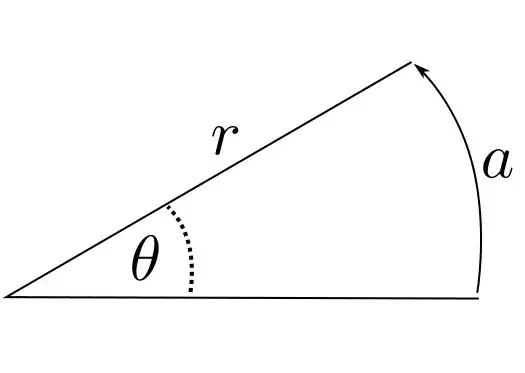Consider this equation :-
$$y = a\sin kt$$ where $a$ is amplitude, $y$ is displacement, $t$ is time and $k$ is some dimensionless constant.
My instructor said this equation is dimensionally incorrect because the dimension of $[kt] = [\text{T}^1]$ and since $\text{angles}$ are dimensionless, we can conclude that it is dimensionally incorrect.
I don't understand why it is so. Why do we need to check the dimension homogeneity of the term inside the $\sin$ to conclude whether the equation is dimensionally correct or not?
Why isn't the whole sine function is dimensionless $(\sin kt = \text{[T}^0]) $ regardless of the dimension of the argument inside as the range of sine function is $[-1, 1]$.
